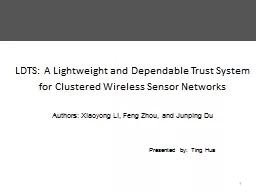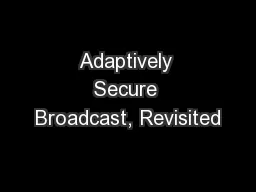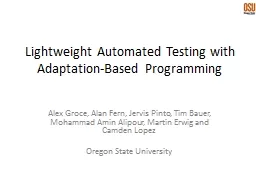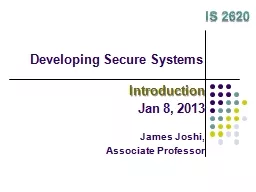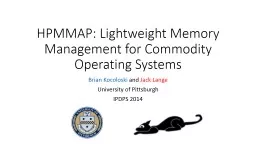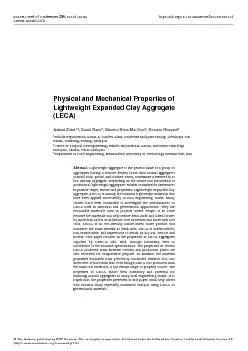PPT-Lithe: Lightweight Secure
Author : lois-ondreau | Published Date : 2016-11-14
CoAP for the Internet of Things S Raza H Shafagh etc IEEE Sensors 2013 Volume 13 Speaker Renato Iida Le Wang Outline Introduction Background CoAP and DTLS 6LoWPAN
Presentation Embed Code
Download Presentation
Download Presentation The PPT/PDF document "Lithe: Lightweight Secure" is the property of its rightful owner. Permission is granted to download and print the materials on this website for personal, non-commercial use only, and to display it on your personal computer provided you do not modify the materials and that you retain all copyright notices contained in the materials. By downloading content from our website, you accept the terms of this agreement.
Lithe: Lightweight Secure: Transcript
Download Rules Of Document
"Lithe: Lightweight Secure"The content belongs to its owner. You may download and print it for personal use, without modification, and keep all copyright notices. By downloading, you agree to these terms.
Related Documents


